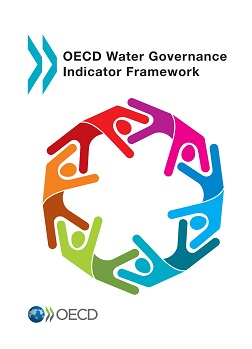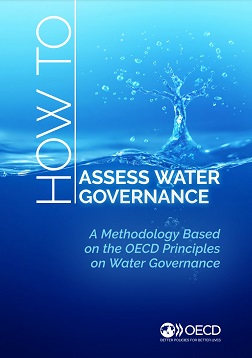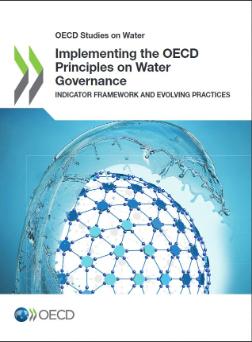Regional Development
The OECD Water Governance Indicator Framework
|
IMPLEMENTING THE OECD PRINCIPLES ON WATER GOVERNANCE Three years after the adoption of the OECD Water Governance Principles, the OECD launched a report on Implementing the OECD Principles on Water Governance which takes stock of their use and dissemination. The report proposes two major tools for interested cities, basins, regions and countries to strengthen their water policies. 1. First, it provides the OECD Water Governance Indicator Framework, a self-assessment tool to measure, assess and take action collectively. 2. Second, it sets out 50+ concrete practices illustrating the Principles. OECD Water Governance Indicator Framework The OECD Water Governance Indicator Framework was developed within the OECD Water Governance Initiative through a bottom-up and multi-stakeholder approach over 2015-2017 and pilot-tested by 11 institutions at different scales and in different geographic and socio-economic contexts. It provides a voluntary multi-stakeholder self-assessment tool to understand the performance of water governance systems at city, basin, regional or national scales. Its primary objective is to stimulate a transparent, neutral, open, inclusive and forward-looking dialogue across stakeholders on what works, what does not, what should be improved and who can do what. The indicator framework is composed of a traffic light system based on 36 input and process indicators and a checklist of broader governance conditions. It concludes with an action plan to prepare and prioritise actions over the short, medium and long run. Download the OECD Water Governance Indicator Framework:
|
|
Related Documents



